“Every story and every memory from my childhood is attached to food,” Dawn Lerman writes. Our relationship with food starts at a very young age: what and how we eat is often determined by our environment and our upbringing. Our eating habits and snack tastes are cultivated by our family members’ relationships to food, for better or worse. Dawn knows this first hand. The author of the New York Times Well Blog series, “My Fat Dad,” shares her food journey and that of her father, a brilliant copywriter from the “Mad Men” era of advertising at Leo Burnett and McCann Erickson, in her book, MY FAT DAD: A Memoir of Food, Love, and Family, with Recipes (Berkeley; September 29, 2015; Trade paperback/$USD16.00).
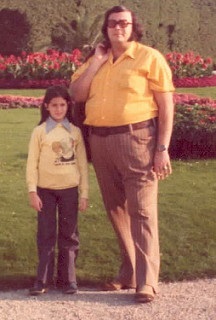 Dawn’s father was known for his witty ad campaigns; he was responsible for such iconic slogans as “Coke Is It,” “This Bud’s for You,” and “Leggo My Eggo.” Unfortunately, he was not able to use the same problem-solving skills when it came to his weight. Dawn’s father was obese as she was growing up —450 pounds at his heaviest. His weight would go up and down like an elevator, depending on what fad diet he was on–or what ad campaign he was assigned to. He insisted Dawn, her mother and sister adapt to his saccharine-laced, freeze-dried food plans to help keep him on track. Dawn’s mother never cooked and she witnessed her mother eat only one real meal a day—a can of tuna over the kitchen sink—while she dashed from audition to audition pursuing an acting career.
Dawn’s father was known for his witty ad campaigns; he was responsible for such iconic slogans as “Coke Is It,” “This Bud’s for You,” and “Leggo My Eggo.” Unfortunately, he was not able to use the same problem-solving skills when it came to his weight. Dawn’s father was obese as she was growing up —450 pounds at his heaviest. His weight would go up and down like an elevator, depending on what fad diet he was on–or what ad campaign he was assigned to. He insisted Dawn, her mother and sister adapt to his saccharine-laced, freeze-dried food plans to help keep him on track. Dawn’s mother never cooked and she witnessed her mother eat only one real meal a day—a can of tuna over the kitchen sink—while she dashed from audition to audition pursuing an acting career.
“As far back as I can remember, there was an invisible wall that separated me from my dad, a distance that I could never completely penetrate,” Dawn remembers. “His closest relationship was with the bathroom scale – his first stop every morning and his last stop every evening. The scale controlled his moods, our days, what we were going to eat and basically ruled our family life.”
Snacks were a particular downfall of her father, especially when he was working on fast food marketing campaigns. “My dad felt that in order to create a good slogan, you needed to believe in the products you were selling,” Dawn explains. “He was always the best customer for the food and drinks he advertised, testing them excessively—especially when Wells Rich & Green promoted him to head creative director for Pringles potato chips”
Listening to him crunch away canister after canister on the crispy snacks in the privacy of his room– trying to come up with the perfect slogan, Dawn knew she had to get inventive to help her dad get healthy while still staying inspired. At 9 years old Dawn had become the official chef for her family, turning her maternal grandmother Beauty’s Jewish weekly recipe cards into diet friendly meals and treats that would keep her dad motivated. It was her grandmother who instilled in Dawn a passion for cooking for oneself and others as she learned that the best food is prepared with the freshest ingredient.
One recipe Dawn developed during that time was her special homemade hot air popped corn coated in ranch seasoning. Upon trying it her father declared “Dawn now that you popped, you can’t stop!” That statement of delight was the kernel of an idea that took her dad around the world– filming highly attractive people on beaches and other fun places, joyfully indulging in Pringles potato crisps that exploded out of the can as the top popped off while the voice over announced…” Once You Pop, You Can’t Stop!”
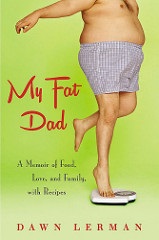 This spring and summer try these healthy and delicious snacks from My Fat Dad with no stopping required. The potato chip recipe, derived from that long-ago hot air popped corn recipe, can be enjoyed throughout out the day as they are satiating and nutritious. Pair it with Dawn’s Hummus recipe, which is loaded with protein. The combo of complex carbs, protein and healthy fats –will fill you up without weighing you down. A win-win for both mood, energy, and weight control!
This spring and summer try these healthy and delicious snacks from My Fat Dad with no stopping required. The potato chip recipe, derived from that long-ago hot air popped corn recipe, can be enjoyed throughout out the day as they are satiating and nutritious. Pair it with Dawn’s Hummus recipe, which is loaded with protein. The combo of complex carbs, protein and healthy fats –will fill you up without weighing you down. A win-win for both mood, energy, and weight control!
Recipes below from MY FAT DAD: A Memoir of Food, Love, Family, and Recipes By Dawn Lerman
Berkley Books/2015
MY FAT DAD: A Memoir of Food, Love, and Family, with Recipes By Dawn Lerman Berkeley / 2015 Trade Paperback/$16.00

Herb Infused Ranch Style Sweet Potato Chips with Coconut Oil
Yields: 4-6 servings
These sweet potato chips are crunchy, slightly salty, and have that wonderful ranch taste. They are a healthy take on traditional store bought chips. They are fried in coconut oil– which not only helps the chips to brown beautifully, but aids in speeding up your metabolism. They are a constant staple in my formerly fat dad– 450 pounds, now 210 pound –snacking regime.
4 large sweet potatoes, can also use white potato’s or beets
1/2 cup coconut oil
1 teaspoon of dried parsley
1 teaspoon of garlic salt
I teaspoon of onion powder
1 teaspoon of minced onion
Sea salt for seasoning
Fresh thyme for garnish
Pre heat oven to 375 degrees, scrub potatoes to remove dirt. Then slice into thin, even pieces. You can cut them by hand or use a slicing attachment on a food processor. Rinse your potato slices in cold water. Now soak the slices in cold water for 30 minutes.
Drain the potatoes and lay them on a paper towel or paper keeping them slightly moist. Dip in bowl with herb mixture –dried parsley, garlic salt, and onion powder. Make sure chips are coated.
In a skillet melt the coconut oil over medium heat. When the oil sizzles place them in the oil for about 1 min till they get slightly brown. Do not over crowd the pan. Best to do in small batches. Use a slotted spoon or spatula to remove your chips from the coconut oil. Drain the chips on a layer of paper towels, and repeat till all chips have been fried and blotted.
Then place all the cooked chips on a baking sheet and bake for 1 minute. Remove and serve warm. Sprinkle with sea salt and garnish with fresh thyme.
*NOTE: if you do not want to fry the chips you can take coated chips, lay them out on a baking sheet sprayed with coconut oil and bake for 20 minutes at 375 degrees until golden brown.
Sweet Potato Hummus
Yields: 6 servings
If you are looking for a light, healthy snack this sweet potato hummus is bursting with flavor, spice and color. Because of its high protein content, it will help control your appetite and mood. My dad named it the caviar of hummus—exclaiming, that it was almost illegal for something so nutritious to be this delicious. Pair this with my Potato Chip recipe for the perfect blending of protein and carbs.
1 large sweet potato (about 9 ounces)
1 (15-ounce) can chickpeas, drained and rinsed
5 tablespoons olive oil (plus additional, as needed, for thinning)
2 tablespoons tahini
2 tablespoons fresh lemon juice
2 garlic cloves, peeled
1 teaspoon ground coriander
1 teaspoon ground cumin
¼ teaspoon kosher salt
Pinch of nutmeg
Position the baking rack in the middle and heat the oven to 425 degrees. Wrap the sweet potato in foil and bake in a shallow baking pan until it can be easily pierced with a knife, about 45 minutes. Transfer to a cooling rack and allow the potato to cool completely.
Peel the skin off the sweet potato and transfer to a food processor fitted with a blade. Add the chickpeas, olive oil, tahini, lemon juice, garlic, coriander, cumin, salt, and nutmeg, and process until smooth. If the hummus is too thick, add a little extra olive oil or water and process until the desired consistency is reached.
MY FAT DAD is as much a coming of age memoir as it is a recipe collection from Dawn’s upbringing and culinary adventures in Manhattan. Her recipes include some of her grandmother’s favorite traditional Jewish dishes, to healthier interpretations and creations. Her father’s life-long struggle with food, along with her grandmother’s love of cooking fresh foods, led Dawn to become a well-respected nutritionist, NY Times blogger and chronicle her story in her best-selling book. Today her dad is a healthy 210 pounds and vegan.
“Dawn Lerman grew up Jewish in the 70’s. I grew up Italian. Might sound different, but for the most part, it’s the same. Especially when it comes to food. The philosophy was simple, food = love. My Fat Dad hilariously and poignantly captures that essence. Whether you’re Italian, Jewish, or anything else you can relate to how family, food, and the love of both affect how we grow up, and live our life. Mangia!”
—Ray Romano, Emmy award-winning actor
“The Manhattan nutritionist was raised by a diet junkie who tried every regimen under the sun and food — or the lack of it — ruled her life. My Fat Dad is about her eccentric upbringing and her constant state of hunger as Albert imposed his wacky ways on the whole family.” The New York Post
“My Fat Dad is an exploration of the many ways food shapes our connection to family. It also includes many delightful recipes.” Michel Martin, NPR, All Things Considered
“It is clear Lerman ‘s life is centered around the table and she gives readers a seat at hers” Baltimore Jewish Times
” ‘My Fat Dad’ is a memoir of food, love and starvation” New York Daily News
ABOUT DAWN LERMAN, MA, CHHC, LCAT
 Dawn Lerman is a Manhattan based nutritionist, bestselling author of My Fat Dad: A Memoir of Food, Love, and Family with Recipes, and a contributor to the New York Times Well Blog. She has been featured on NBC, NPR, Huff Post TV as well as several other news outlets. Her company Magnificent Mommies provides nutrition education to student, teachers and corporation. Dawn counsels clients on weight loss, diabetes, high blood pressure, and other diet-related conditions. She is a sought-after speaker and cooking teacher and lives in New York with her two children.
Dawn Lerman is a Manhattan based nutritionist, bestselling author of My Fat Dad: A Memoir of Food, Love, and Family with Recipes, and a contributor to the New York Times Well Blog. She has been featured on NBC, NPR, Huff Post TV as well as several other news outlets. Her company Magnificent Mommies provides nutrition education to student, teachers and corporation. Dawn counsels clients on weight loss, diabetes, high blood pressure, and other diet-related conditions. She is a sought-after speaker and cooking teacher and lives in New York with her two children.
For more information about Dawn, go to www.DawnLerman.net .


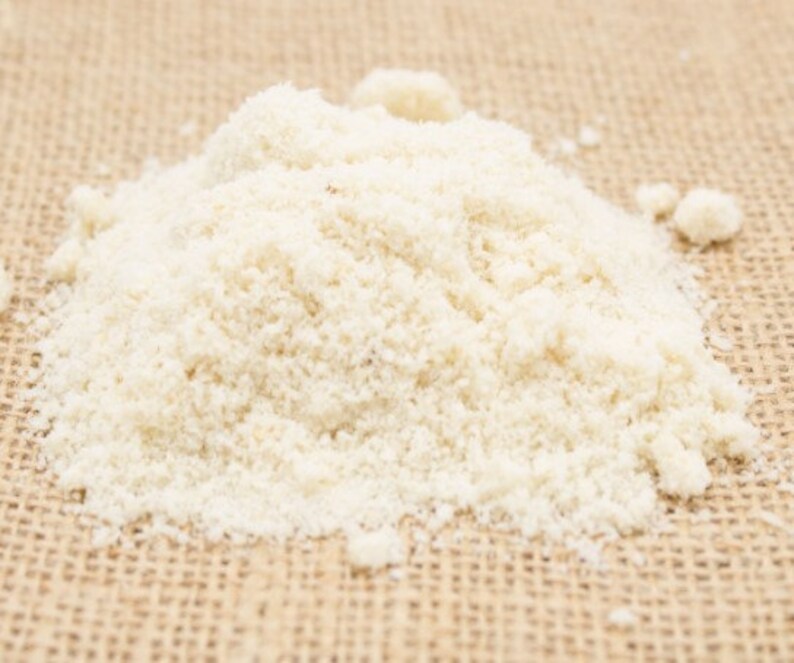
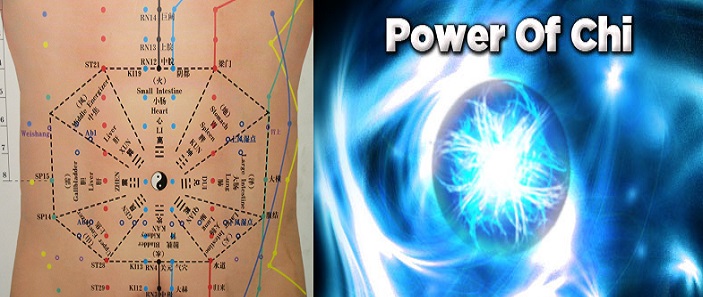
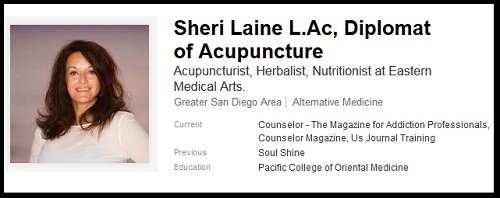
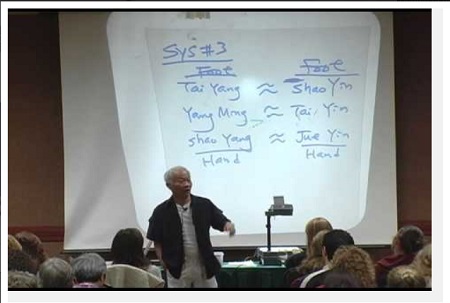
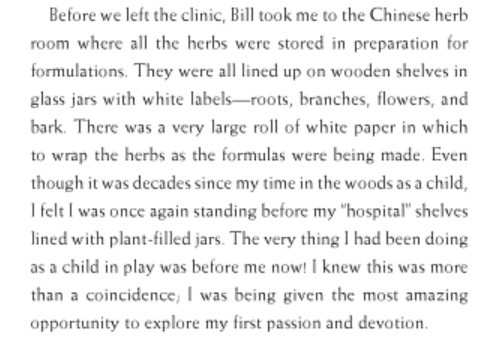


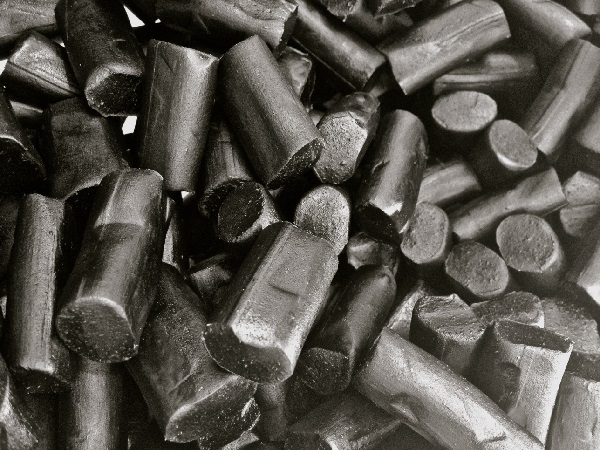

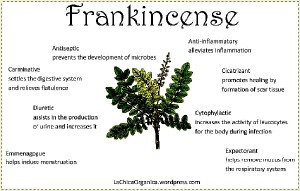
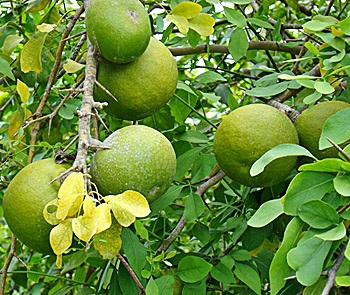

 Dawn’s father was known for his witty ad campaigns; he was responsible for such iconic slogans as “Coke Is It,” “This Bud’s for You,” and “Leggo My Eggo.” Unfortunately, he was not able to use the same problem-solving skills when it came to his weight. Dawn’s father was obese as she was growing up —450 pounds at his heaviest. His weight would go up and down like an elevator, depending on what fad diet he was on–or what ad campaign he was assigned to. He insisted Dawn, her mother and sister adapt to his saccharine-laced, freeze-dried food plans to help keep him on track. Dawn’s mother never cooked and she witnessed her mother eat only one real meal a day—a can of tuna over the kitchen sink—while she dashed from audition to audition pursuing an acting career.
Dawn’s father was known for his witty ad campaigns; he was responsible for such iconic slogans as “Coke Is It,” “This Bud’s for You,” and “Leggo My Eggo.” Unfortunately, he was not able to use the same problem-solving skills when it came to his weight. Dawn’s father was obese as she was growing up —450 pounds at his heaviest. His weight would go up and down like an elevator, depending on what fad diet he was on–or what ad campaign he was assigned to. He insisted Dawn, her mother and sister adapt to his saccharine-laced, freeze-dried food plans to help keep him on track. Dawn’s mother never cooked and she witnessed her mother eat only one real meal a day—a can of tuna over the kitchen sink—while she dashed from audition to audition pursuing an acting career. This spring and summer try these healthy and delicious snacks from My Fat Dad with no stopping required. The potato chip recipe, derived from that long-ago hot air popped corn recipe, can be enjoyed throughout out the day as they are satiating and nutritious. Pair it with Dawn’s Hummus recipe, which is loaded with protein. The combo of complex carbs, protein and healthy fats –will fill you up without weighing you down. A win-win for both mood, energy, and weight control!
This spring and summer try these healthy and delicious snacks from My Fat Dad with no stopping required. The potato chip recipe, derived from that long-ago hot air popped corn recipe, can be enjoyed throughout out the day as they are satiating and nutritious. Pair it with Dawn’s Hummus recipe, which is loaded with protein. The combo of complex carbs, protein and healthy fats –will fill you up without weighing you down. A win-win for both mood, energy, and weight control!
 Dawn Lerman is a Manhattan based nutritionist, bestselling author of My Fat Dad: A Memoir of Food, Love, and Family with Recipes, and a contributor to the New York Times Well Blog. She has been featured on NBC, NPR, Huff Post TV as well as several other news outlets. Her company Magnificent Mommies provides nutrition education to student, teachers and corporation. Dawn counsels clients on weight loss, diabetes, high blood pressure, and other diet-related conditions. She is a sought-after speaker and cooking teacher and lives in New York with her two children.
Dawn Lerman is a Manhattan based nutritionist, bestselling author of My Fat Dad: A Memoir of Food, Love, and Family with Recipes, and a contributor to the New York Times Well Blog. She has been featured on NBC, NPR, Huff Post TV as well as several other news outlets. Her company Magnificent Mommies provides nutrition education to student, teachers and corporation. Dawn counsels clients on weight loss, diabetes, high blood pressure, and other diet-related conditions. She is a sought-after speaker and cooking teacher and lives in New York with her two children.